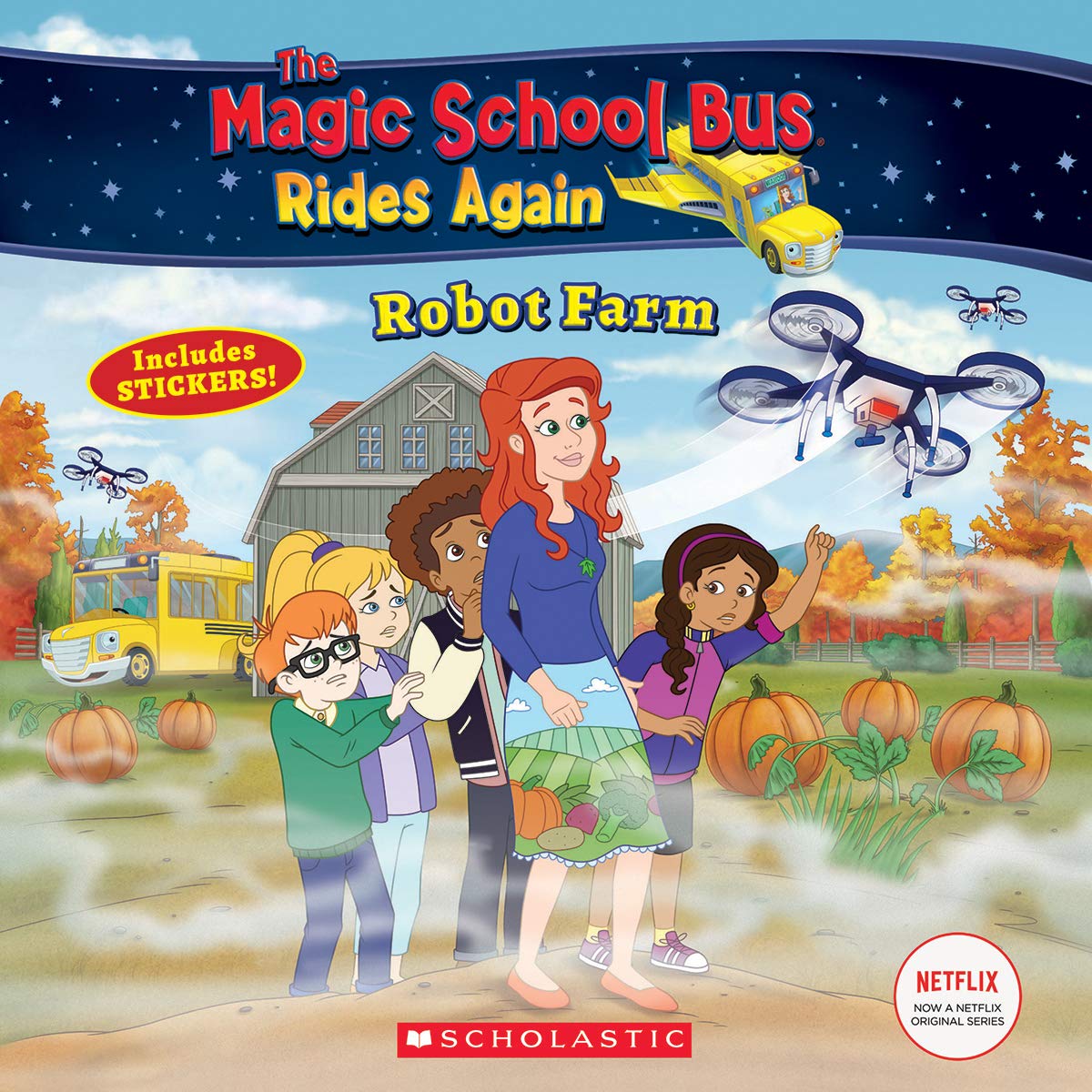In the 1940s, one farm in the United States produced enough food to feed 19 people. Today, one US farm produces enough to feed 172 people.1 The increase in U.S. food production is directly related to the advancement of agricultural technology.
The Food and Agriculture Organization (FAO) of the United Nations (UN) projects the world's population to reach 9.7 billion people by the year 2050.2 With 9.7 billion people on Earth, the world's farmers will need to grow about 60-70 percent more food than what is now being produced.3 As the global population increases, farmers will need to utilize innovative technologies to produce more food with fewer resources.
Precision agriculture is an information technology-based, site-specific farm management system that collects and responds to data ensuring that crops receive exactly what they need for optimum health and productivity. Precision agriculture technologies help farmers identify and manage variability within fields and can optimize crop yields, maximize crop quality, and minimize the use of resources. Rather than apply water, fertilizer, and pesticides uniformly across entire fields, farmers can use data to target specific areas within the minimum quantities required. More efficient food production means lower costs to consumers, greater consumer choice, convenience, safer food, and greater food security.4
Precision farming began in the 1990s when Global Positioning System (GPS) technology became available to the public. GPS uses satellites and computers to determine positions on Earth. GPS-based applications in precision farming are being used for farm planning, field mapping, soil sampling, tractor guidance, crop scouting, variable rate applications, and yield mapping.5
Self-driving tractors are autonomous vehicles that use GPS and other wireless technologies to farm land. Self-guidance systems reduce the amount of overlap caused when tractors crisscross a field. Reducing overlap cuts down on seed, fertilizer, and pesticide waste. Driving hands-free enables the farmer to manage other aspects of their operation from the cab of their tractor. Farmers are also able to continue working their fields during low visibility conditions such as rain, dust, fog, and darkness. In 2015, it was estimated that self-guidance systems were being used on about 30 percent of the farmland in North America, 50 percent of the farmland in Europe and South America, and 90 percent of the farmland in Australia.6
Agricultural robots automate repetitive farming tasks. Robots are used for harvesting, weed control, mowing, pruning, seeding, spraying, sorting, and packing. Robots can be seen as a solution to food production labor shortages. There are jobs on the farm that do not create value at or above minimum wage. By automating sub-minimum wage jobs, more food can be produced at a lower cost.7
Drone applications in agriculture include mapping, surveying, monitoring, planting, crop dusting, and spraying. Precise soil analysis maps produced by drones help direct seed planting patterns, irrigation, and nitrogen-level management. Nutrients, moisture levels, and overall crop health is monitored in real-time by drones equipped with hyper-spectral, multispectral, and thermal sensors. Scanning crops with visible and infrared (IR) light, drones can identify plants infected by bacteria or fungus, helping to prevent disease from spreading to other crops. This technology enables detection of some diseases before they are visible to the human eye.8
Advanced laser technology is used on farms to deter birds, level fields, guide harvesting machines, sort agricultural products, and monitor field conditions. Birds are naturally drawn to food growing in fields and can transmit diseases and damage crops. Laser beams are used to repel birds in a safe, silent manner that the birds do not become used to. Laser leveling can enhance productivity on uneven fields by improving drainage and decreasing water usage. In the laser leveling process, a tower mounted laser level is used in combination with a sensor on a tractor-scraper. Machines used to pick vegetation from fields can be guided using laser rangefinders which instantaneously communicate the height of the vegetation relative to the ground. Lasers are also used to sort agricultural products by identifying items that do not meet optimal specifications. Used in combination with sprayers, lasers can monitor for specific field conditions to ensure that only the necessary amount of chemical is applied to each specific area of the field.

 Robot Farm by Gabe Polt aloud to the class.
Robot Farm by Gabe Polt aloud to the class.